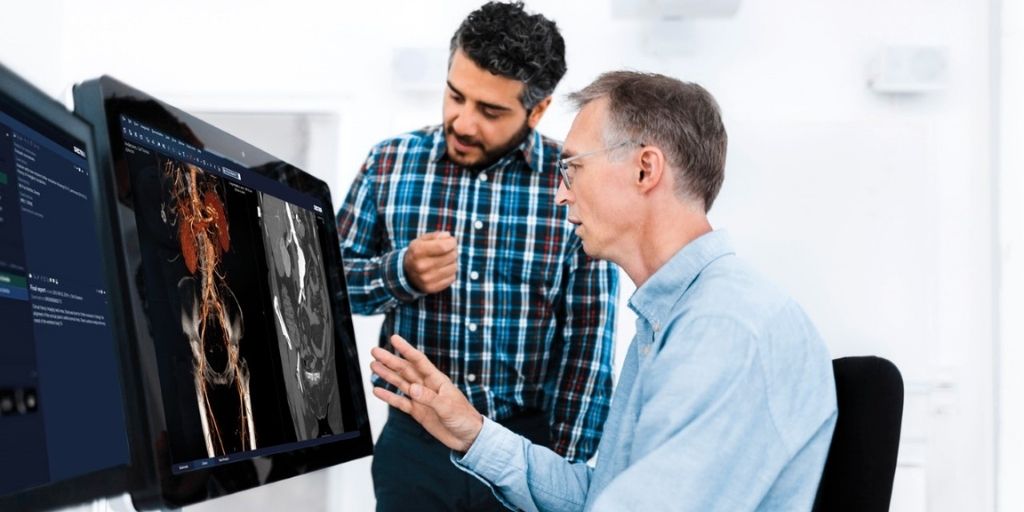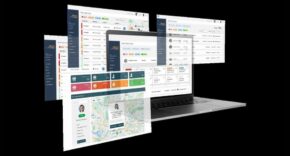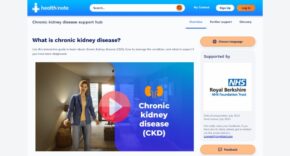
A UK-wide digital medical imaging sharing system, the largest of its kind anywhere in the world, has expanded to cover 500 institutions – enabling the secure sharing of essential medical imaging across the NHS and with other healthcare providers. NHS trusts say the system has proven vital during the COVID-19 pandemic as many patients have been seen in alternative locations, and it is also helping them to work with computer-aided diagnosis specialists, teleradiology providers and even forensic investigators.
The Sectra Image Exchange Portal, or IEP, first launched more than a decade ago as a means to allow NHS hospitals to share patient x-rays, ultrasounds, CTs, MRIs, PET scans and other important diagnostic images from one site to another, without having to rely on burning and sending compact discs to each other via couriers.
Now used to share around 47 million images each week across the UK, IEP has been key for patients who move across geographical boundaries, or are referred to specialist centres, and has been particularly valuable during the pandemic as patients have been seen at alternative hospitals and COVID secure sites.
Susan De Four, radiology systems administrator at Chelsea and Westminster Hospital NHS Foundation Trust, which was one of the first hospitals to start using IEP in 2009, said: “IEP has gone from being a local image sharing tool to becoming the predominant way we share images institution to institution, even changing how we share images with patients. It has replaced the need to share using optical media which has unavoidable security risks, with a secure system where an image can be captured at one hospital and become available within minutes to specialists and multi-disciplinary teams in another organisation. This is especially important for critically ill patients so that we can get them on the right pathway without delay.
“COVID has also seen additional capacity provided to the NHS – patients have been imaged by private hospitals or the military to minimise COVID-related delays and maintain COVID-secure pathways. Effectively managing the patient journey through imaging while using this additional capacity would have been almost impossible to manage without IEP, which has allowed us to swiftly obtain images back from those providers and make them available for our healthcare professionals to act on.
“The system continues to develop. Our orthopaedics and plastic surgery teams use companies connected to IEP that make prosthetics or customised tools for operations. It means we can easily share images with the right experts so the next steps of patient care can happen.”
Now the cloud based system has grown substantially beyond its original remit, with the NHS accounting for around 50 per cent of institutions. Other organisations that have joined the network include teleradiology providers, private hospitals, and organisations that focus on areas such as 3D reconstruction and AI supported diagnostics.
Hospitals have even been able to use the system, where appropriate, to securely share images that help inform forensic investigations.
The latest user, Innersight Labs, a surgical planning platform, specialises in creating 3D models that help NHS surgeons to prepare for theatre, reduce the risk of complications and even make decisions on whether patients should undergo procedures.
Dr Eoin Hyde, co-founder of Innersight Labs, said: “It’s all about the ease of bringing in CT and MRI images that we then use to create 3D virtual models for surgeons to inform important decisions for patients. I’ve yet to come across a hospital not using IEP, which is an important arrow in our quiver in connecting to the people we can help. Even if a hospital hasn’t worked with us before or we haven’t yet set up a direct integration, they still have a convenient, secure and safe way to share images and that reassures their information governance team. That makes it easier for us to work with hospitals and ultimately help them to improve patient care.”
Jane Rendall, managing director for Sectra in the UK and Ireland, the company that provides IEP, said: “IEP has been an important system in helping healthcare professionals to review medical images that might not be otherwise accessible from their own imaging system. Hospitals no longer need to rely on sending images via CDs, which might get lost or delay important decisions. But it has become much more than that, and even though more and more parts of the NHS are taking regional approaches to imaging technology, IEP has evolved considerably over the last decade to remain relevant and support patient care in new ways. I’m really excited to see how it will develop in the future.”












